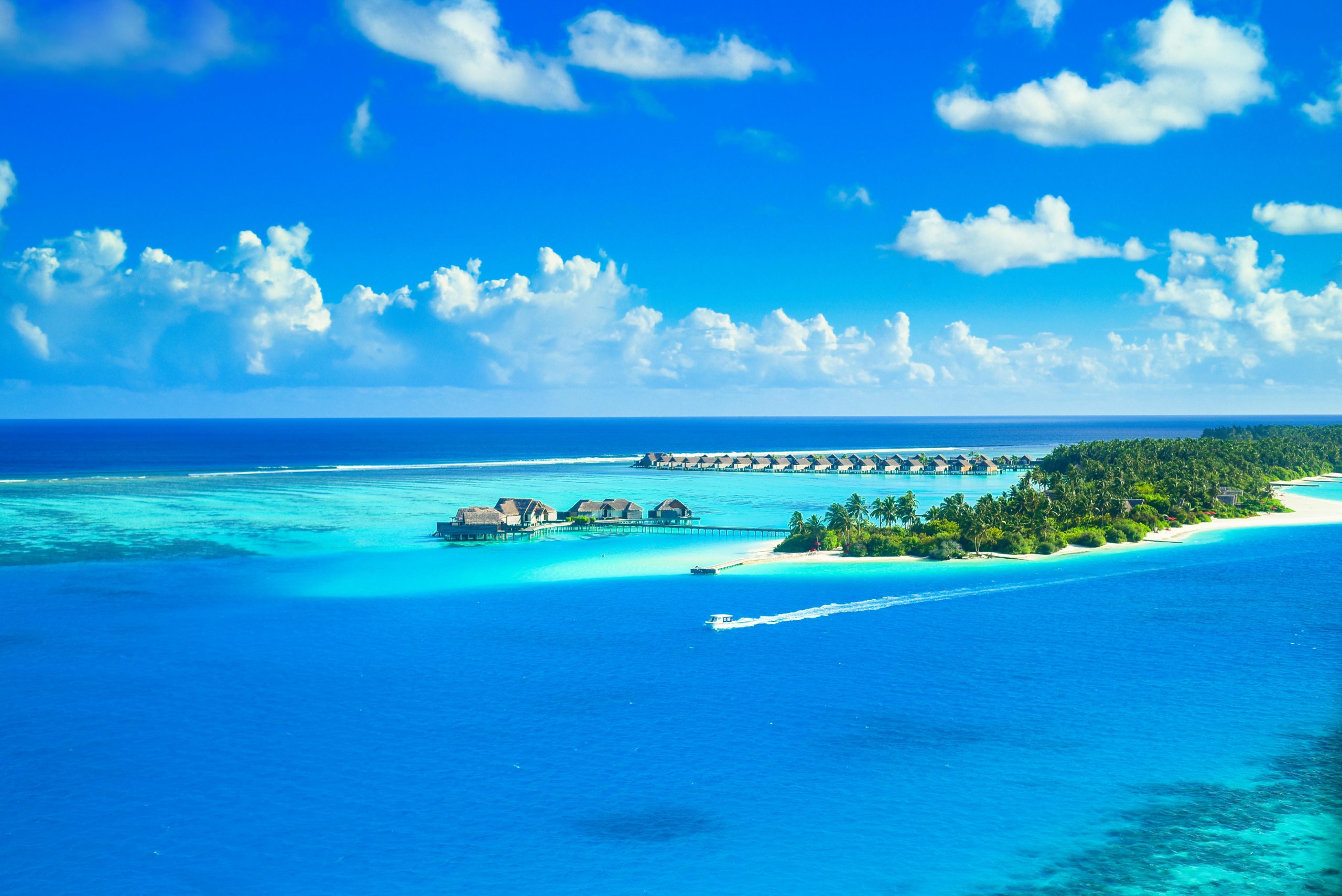The tourism industry is experiencing a revolutionary shift toward circular economy practices, with destinations worldwide demonstrating remarkable results. According to the World Tourism Organization’s 2025 sustainability report, hotels implementing circular economy principles have achieved an average of 35% reduction in operational costs while improving guest satisfaction ratings. How are forward-thinking tourism businesses transforming waste into opportunity while creating memorable experiences? From innovative waste management systems to community-driven resource sharing, these Interesting Examples of Circular Economy in Tourism Industry showcase the tangible benefits of sustainable innovation.
The Seven Pillars Transforming Hotel Operations
The circular economy framework rests on seven fundamental pillars that are revolutionizing how hotels approach their daily operations. Redefinition leads this transformation by challenging traditional business models, pushing properties to reimagine guest experiences around sustainability rather than consumption.
Additional reading : Why Should the United Kingdom Be Your Next Travel Destination?
The second and third pillars, reduction and reuse, work hand in hand to minimize resource consumption. Progressive hotels are cutting energy usage by up to 40% through smart systems while repurposing furniture and fixtures across different areas of their properties.
Recycling and recovery form the operational backbone of sustainable hospitality. Advanced waste sorting programs now divert 80% of hotel waste from landfills, while energy recovery systems capture heat from laundry operations to warm guest rooms.
Additional reading : Why Are Certain UK Landmarks Less Known to Tourists Despite Their Fascinating Histories?
Repair strategies extend asset lifecycles significantly. Rather than replacing equipment at first malfunction, maintenance teams are trained to restore functionality, reducing capital expenditure while building operational resilience.
The final pillar, regeneration, represents the ultimate goal where hotels actively contribute to environmental restoration. Properties are installing living walls, creating pollinator gardens, and partnering with local conservation projects to leave destinations better than they found them.
How Leading Hotels Achieve 65% Energy Reduction
The Scandic Hotel chain stands as a prime example of circular economy success, achieving remarkable 65% energy reduction across their properties through systematic implementation of circular principles. Their approach combines advanced heat recovery systems with intelligent building management, creating a blueprint that other hospitality leaders are now following.
At the heart of these transformations lies waste heat recovery technology. The Park Hyatt in Tokyo captures heat from kitchen operations, laundry facilities, and air conditioning systems to warm guest rooms and water supplies. This closed-loop system eliminates energy waste while maintaining premium comfort standards that guests expect from luxury accommodations.
Smart building automation plays an equally crucial role in these success stories. The Accor Group’s properties utilize AI-driven systems that automatically adjust lighting, heating, and cooling based on occupancy patterns and weather conditions. Motion sensors in guest rooms ensure energy flows only where needed, while natural light optimization reduces artificial lighting demands by up to 40%.
These leading hotels also revolutionize their waste management approach by viewing discarded materials as valuable resources. Food waste becomes compost for on-site gardens, while greywater from sinks and showers undergoes treatment for landscape irrigation, creating sustainable cycles that reduce both waste disposal costs and resource consumption.
Destinations Pioneering Circular Tourism Models
Some destinations have transformed their tourism ecosystems by adopting comprehensive circular models. These pioneers demonstrate that a systemic approach can generate measurable benefits, both economically and environmentally.
Here are some destinations that stand out for their integrated circular initiatives:
Amsterdam, Netherlands: 100% electric transport system, accommodations using recycled materials, zero-waste restaurants with local sourcing within a 50 km radius
Copenhagen, Denmark: CopenPay program rewarding tourists for their sustainable actions, network of certified circular economy hotels, 85% recovery of tourism waste
Costa Rica: National ecosystem integrating eco-friendly accommodations, carbon-neutral transport, and conservation activities, generating $4 billion annually
Tenerife, Spain: Pilot project transforming tourism waste into energy, 40% reduction in water consumption in participating hotels
These destinations prove that the circular economy in tourism generates sustainable growth while preserving local resources.
Comprehensive Benefits Beyond Environmental Impact
The circular economy in tourism generates benefits that extend far beyond simple environmental preservation. Establishments that adopt these practices see an average 25% reduction in their operating costs thanks to resource optimization and waste reduction.
The impact on the customer experience is particularly remarkable. Modern travelers actively seek authentic and responsible stays. A recent study reveals that 78% of customers are willing to pay a premium for accommodations committed to the circular economy, resulting in a 15% higher satisfaction rate compared to traditional establishments.
At the local economic level, these initiatives create a considerable multiplier effect. Every euro invested in the circular economy in tourism generates €2.30 in regional economic benefits. Partnerships with local producers, traditional craftspeople, and local services strengthen the local economy while creating sustainable, non-relocatable jobs.
Transitioning Your Business to These Revolutionary Practices
The journey toward circular economy implementation requires a structured approach that many tourism businesses find challenging to navigate alone. Successful transformation begins with a comprehensive assessment of your current operations, identifying waste streams, resource consumption patterns, and potential circular opportunities specific to your business model.
Strategic planning forms the foundation of effective transition. Tourism operators must prioritize initiatives based on impact potential and implementation feasibility. Start with high-visibility, low-cost changes like waste reduction programs and energy efficiency measures before progressing to complex initiatives such as closed-loop resource systems or partnership networks for material exchange.
Implementation success depends heavily on staff engagement and stakeholder buy-in. Progressive rollout allows teams to adapt gradually while maintaining service quality. Regular monitoring and measurement ensure initiatives deliver expected environmental and financial benefits, with adjustments made based on performance data.
Professional expertise significantly accelerates transformation success. Specialized consultants bring industry-specific knowledge, proven methodologies, and access to circular economy networks that individual businesses rarely possess. This guidance helps avoid common implementation pitfalls while maximizing return on sustainability investments, ultimately creating competitive advantages in increasingly environmentally conscious markets.
Questions fréquentes sur l’économie circulaire en tourisme
What are some real examples of circular economy in tourism?
Hotels transforming food waste into compost, destinations converting plastic waste into construction materials, and accommodations implementing zero-waste initiatives demonstrate practical circular applications reducing environmental impact significantly.
How are hotels implementing circular economy practices?
Hotels adopt resource optimization through water recycling systems, energy-efficient technologies, local sourcing strategies, waste-to-energy programs, and partnerships with local suppliers to create closed-loop operations.
What benefits does circular economy bring to the tourism industry?
Circular practices deliver cost reductions up to 30%, enhanced brand reputation, regulatory compliance, improved guest satisfaction, and resilient business models that reduce dependency on external resources.
Which destinations are leading in circular economy tourism initiatives?
Amsterdam, Copenhagen, and Costa Rica pioneer circular tourism models through comprehensive waste management, renewable energy integration, and collaborative frameworks between businesses, governments, and local communities.
How can tourism businesses transition to circular economy models?
Begin with waste audits, establish partnerships with local suppliers, implement resource monitoring systems, train staff on circular principles, and gradually integrate sustainable practices across all operations.


